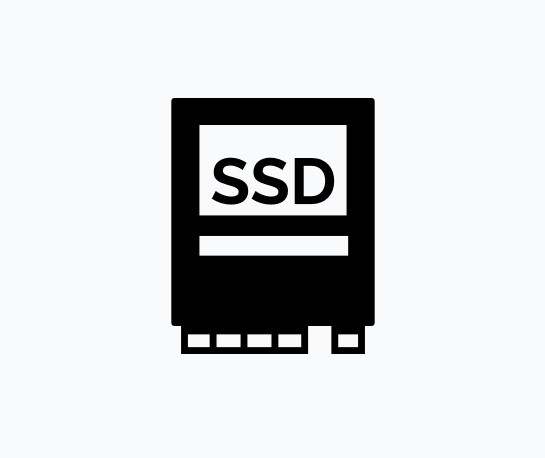Seagate said Monday it has begun shipping its new Pulsar XT.2 solid-state drives (SSD), and is also on track to ship its new Pulsar.2 multi-level cell (MLC) flash-enabled SSD by the end of July.
According to a company statement, Seagate’s (NASDAQ: STX) Pulsar XT.2 combines single-level cell (SLC) flash with a 6 Gbs serial-attached SCSI (SAS) interface, making it the company’s fastest SSD to date.
The Pulsar XT.2 features 400 GB of usable capacity in a 2.5-inch form factor and is optimized for mixed enterprise workloads, including online transaction processing (OLTP), email, and Web and database indexing.
Meanwhile, the Pulsar.2 has been engineered specifically for datacenter environments, and can hold up to 800 GB of usable storage capacity. It supports native 6 Gbs SAS as well as Serial ATA (SATA) 6 Gbs interfaces for both primary and secondary server storage, the company said.
“Unlike typical MLC SSDs built for consumer applications, which lack the robust data integrity and reliability required for enterprise applications, the [Pulsar.2] … automatically detects and corrects any number of data errors that could otherwise plague normal drive operations,” the statement added.
Additionally, Seagate announced that the Pulsar XT.2 has met the test requirements for the Storage Performance Council’s (SPC) SPC-1C Result.
The SPC-1C benchmark is designed to measure scenarios that reflect real-world conditions for storage components in enterprise environments, and replicates typical input/output patterns found in OLTP applications focusing on random accesses, according to Seagate.
“The Seagate Pulsar XT.2 SSD produced an SPC-1C Result of 20,008.82 SPC-1 IOPS (input/output operations per second) with an average response time of 2.05 milliseconds over a 10-minute duration, compared to an SPC-1C Sustainability Test result of 20,011.07 IOPS with an average response time of 2.08 milliseconds over four hours,” Seagate’s statement said.
The Pulsar XT.2 also met the SPC-1C requirement for data prefilling, which writes random data to the entire addressable space of the drive, to eliminate the possibility for vendors to artificially inflate performance results.
Stuart J. Johnston is a contributing editor at InternetNews.com, the news service of Internet.com, the network for technology professionals. Follow him on Twitter @stuartj1000.





